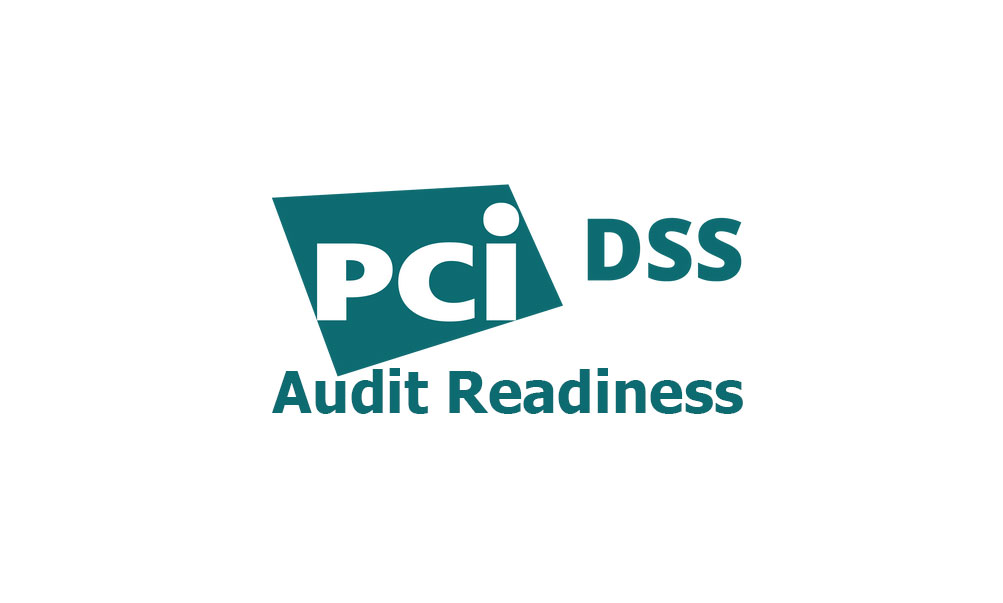To protect your customers’ credit card information, your business must follow the Payment Card Industry Data Security Standard (PCI DSS). A PCI audit is a process of testing your business to make sure you meet all PCI compliance requirements. Our PCI audit preparation service can help you understand what you need to do to be PCI compliant.
- Create a PCI Compliance Team
A PCI compliance team includes a Compliance Manager and other individuals who understand the importance of PCI DSS compliance requirements. Each team member should have specific responsibilities and accountability. - Don’t Assume You’re Compliant
All healthcare organizations should be aware of the newest updates to PCI DSS regulations and make sure they comply. PCI DSS is continually evolving to ensure businesses are following the best security practices for cardholder data. - Complete a Risk Assessment
A risk assessment helps your organization identify your security threats so you can take steps to reduce them. Define your critical assets and the risk level for each. - Document Policies and Procedures
Records of policies and procedures are essential to most PCI compliance requirements. Gather documentation for risk analysis results, security policies and procedures, and other files that show you’re addressing PCI requirements. - Identify Compliance Gaps
Review the PCI DSS requirements in detail to identify compliance gaps and create a plan to eliminate them. You can also conduct a gap analysis by partnering with a Qualified Security Assessor (QSA). This preparation will improve your likelihood of passing the audit. - Conduct Training to Educate Employees
Train your employees on PCI compliance requirements. Technical employees should have training or certification to operate the security controls, and nontechnical employees should have training in security awareness practices for social engineering, phishing attacks, and password protection. - Get Stakeholders Involved
When your organization’s stakeholders support your PCI audit, they can help you get the necessary funds and resources to help it run smoothly. - Keep close contact with your assessor
If your organization is struggling to comply with PCI DSS, stay in touch with your QSA (Qualified Security Assessor). They are experts in audits, compliance, and PCI DSS regulations, and can help you get back on track. - Conduct a Pre-Audit Assessment
Conducting penetration testing and an internal audit will help your organization learn more about its security measures and their effectiveness. The test results will inform you of which areas are compliant and which need reassessment.
Contact Simplified Solutions
Simplified Solutions help organizations maintain their compliance and strengthen security. Contact us today to learn more.



